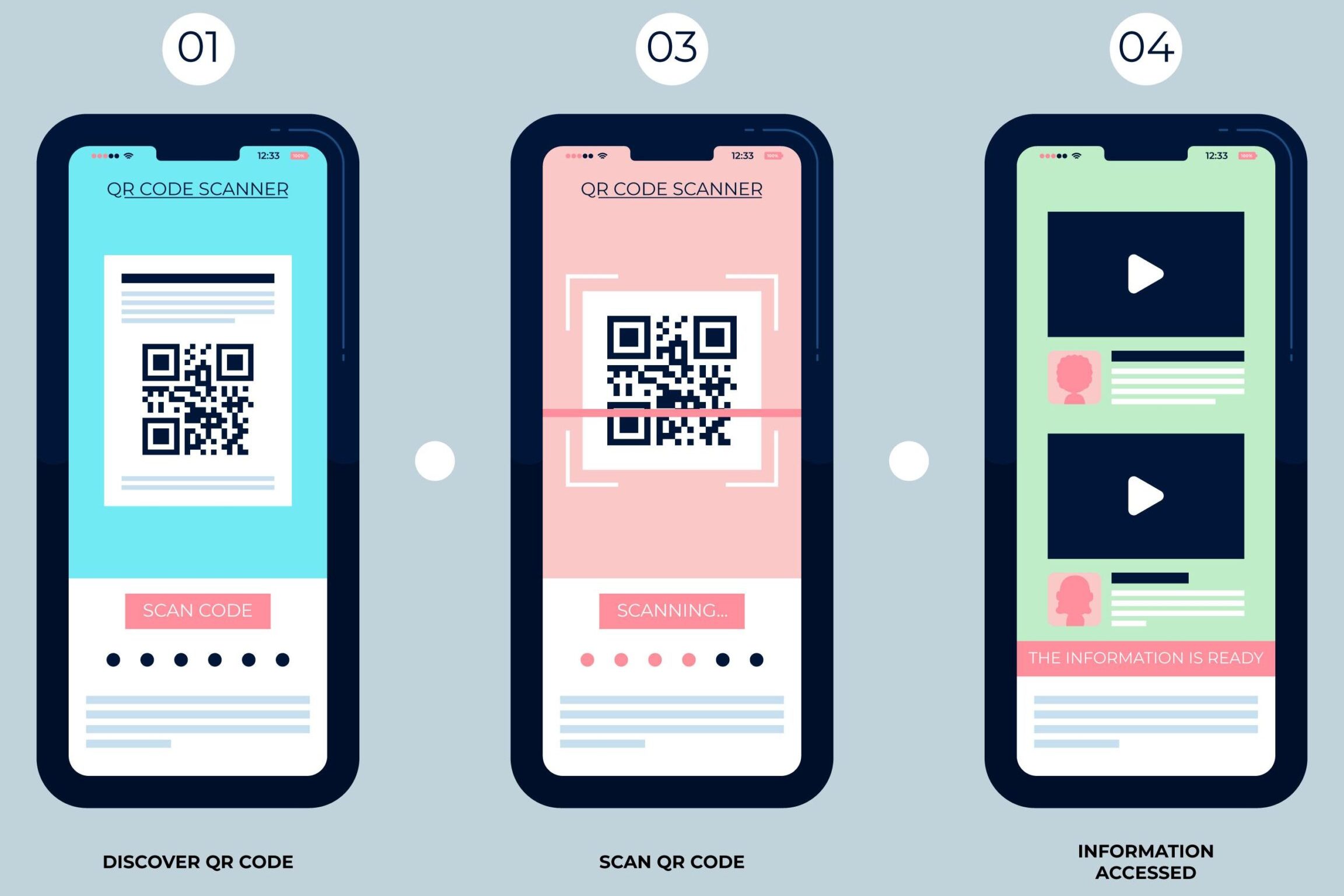If you think a sneaky screenshot will suffice for your QR code ticket, think again. QR codes are designed to foil fraud and duplication, so taking a photo just won’t cut it. Here’s why:
Every QR code is unique to the ticket or product it represents, so copying it is impossible.
QR codes can change over time to reflect useful updates such as venue changes.
Only devices designed to scan QR codes can read them. It’s not possible to hack, decode or tamper with them.
The bottom line is, a screenshot or photo of your QR code will be rejected by the barcode scanner, so always use the original ticket or QR code provided by the vendor or event organiser. Don’t risk being turned away at the door for the sake of convenience!
Will a Screenshot of a QR Code Work for a Ticket?
The Technology Behind QR Codes and Security Measures
QR codes are becoming increasingly common for access to events, transportation, and even as a form of payment. These codes are generated from a specific set of data, which can be read by a QR code scanner. When scanned, the data contained within the code is decrypted, and the appropriate action is taken. In the case of event tickets, typically the data will contain information about the event, the customer, and the seat number.
One thing to keep in mind is that QR codes are encoded with security measures to prevent fraudulent entry. The barcode contains technology that secures it to ensure that it can’t be copied, printed out or shared. The security measures are designed to safeguard event organizers against ticket fraud by preventing unauthorized ticket reproduction.
The Difference Between a Screenshot and a Scanned QR Code
There is a difference between a scanned QR code and a screenshot of the same code. The barcode technology is designed to work specifically with a scanner device. When a scanner reads the QR code, it quickly and accurately captures the data contained within the code, allowing for immediate access.
While a screenshot of a QR code may appear to be the same as the original code, it is not. In fact, a screenshot or a photocopy of a QR code may not work at all. There are several reasons why this is the case, including issues with image resolution, screen size, and the quality of the image.
The Limitations of Using Screenshots or Photos of Tickets
While entrants may be tempted to use a screenshot of their QR code or a photo of their ticket for the sake of convenience, it is not always the best choice. Using screenshots or photos of tickets can lead to issues, including:
1. Entry Delays: If the image quality is not good, the scanners may not be able to read the code, causing significant entry delays.
2. Duplication: Screenshots of QR codes can be easily duplicated, leading to double entry, and potentially overcrowding of venues.
3. Risk of Fraud: Photocopied or duplicate barcodes may not have the same security measures as the original tickets, which means that they can be copied and reused for unauthorized entry.
How Using Incorrect Ticket Formats Can Cause Issues
While it may not seem like a big deal to use a screenshot or photo of your ticket for entry, it can become an issue if the ticket format is incorrect. For instance, if the ticket was originally issued as a printout, but the entrant tries to enter using a digital copy, this can cause confusion and delays. It is always important to ensure that the ticket is used in the format in which it was originally issued.
The Benefits of Using Digital Tickets with QR Codes
For venues and organizers, the use of QR codes for event entry has many benefits. Some of the advantages of using digital tickets with QR codes include:
1. Increased Security: QR codes encode security measures which make it difficult for unauthorized duplicates to be made.
2. Enhanced Efficiency: Scanners can easily read QR codes resulting in faster admission, leading to less congestion and less time spent in line.
3. Reduced Costs: The use of QR codes for ticketing management, and customer entry can lead to reduced overheads, particularly for venues that would otherwise need to manage and distribute paper tickets manually.
Tips for Ensuring Smooth Entry to Events with QR Code Tickets
While using digital tickets with QR codes is simple and convenient, there are some things you can do to ensure a smooth entry process:
1. Check the Requirements: Before arriving at the venue, double-check the requirements for entry. Make sure you have the correct ticket format, whether it be a print-out or digital ticket.
2. Ensure Quality of the Image: Make sure your QR code is legible by ensuring it is clear and not distorted or pixelated.
3. Beware of Damage: Ensure that the QR code is not damaged, scratched or distorted. If it is, your entry may be delayed, or you may be denied entry.
The Future of Ticketing: QR Codes vs Traditional Paper Tickets
The use of QR codes for ticketing is becoming increasingly popular, and it’s easy to see why. Not only do QR codes offer a more efficient, cost-effective and secure form of entry, but they also provide venues with the ability to analyze consumer behavior and manage entry more efficiently. While traditional paper tickets may never be fully phased out, one thing is for sure – QR codes are here to stay. They offer a valuable tool for ticketing management, for both event organizers and ticket holders alike.





